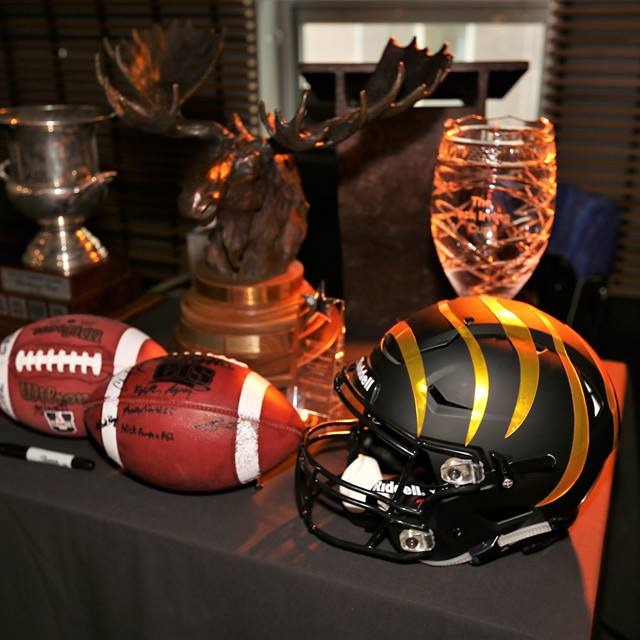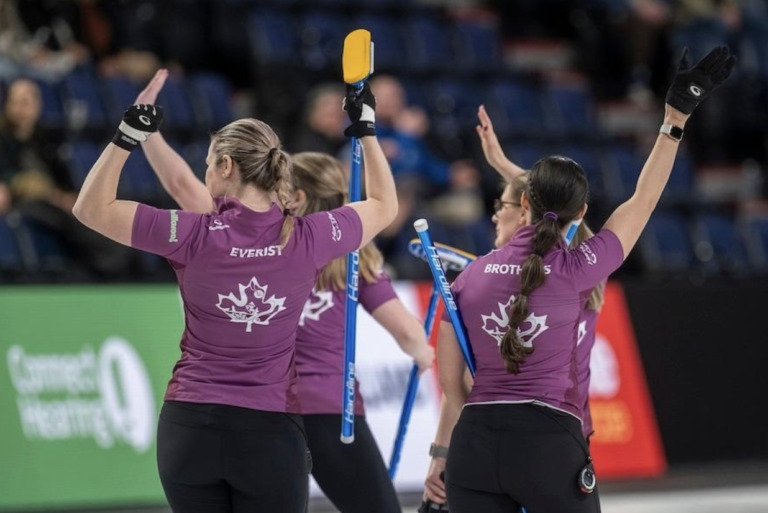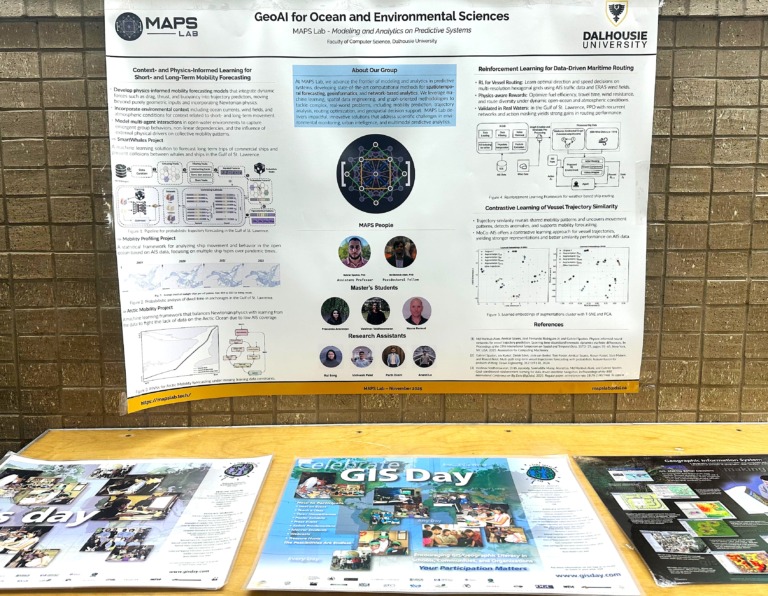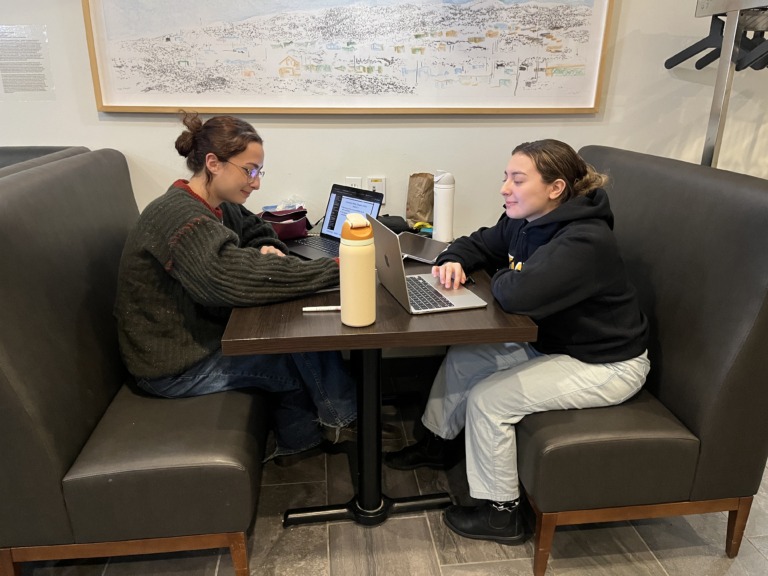
How does Dalhousie protect its student athletes from concussions?
Dal’s football club tracks the amount of contact to the head during practices and games
What happens to student athletes who must keep a GPA above 3.50 to compete in athletics when they get a brain injury that affects their focus and ability to process information? It’s a dangerous line for any student to walk, but for Dalhousie University athletes in contact sports like football, hockey and rugby, concussions may be unavoidable.
Some concussion side effects include headaches, blurry vision and vomiting, but they must be taken seriously because if a player rushes back to sports and suffers a second concussion, they may develop second impact syndrome, which is often fatal. Researchers have also connected concussions to neurodegenerative diseases like Parkinson’s, Alzheimer’s and Chronic Traumatic Encephalopathy (CTE).
Luckily for players on Dalhousie’s football club team, the program has taken great strides over the past seven years to protect their athletes’ heads. Along with making guardian caps available to its players, the team introduced Riddell InSite helmet technology in 2019, “which tracks impacts to the head in each player during practices and games.”
Riddell InSite helmet technology
The Dalhousie football club uses Riddell Speedflex helmets, which have a hexagonal piece of plastic on the front of the helmet to absorb the contact between helmets. Sam Martin, a Dal linebacker, says this isn’t groundbreaking stuff; many teams across Canada use Speedflex helmets. What makes Dal different is that they put concussion sensors on the helmets.
“From my understanding, we’re the only team in the country that has them,” Martin says.
There are three or four sensors on each side of the helmet, and the coaching staff tracks every single impact and the severity of the hit. Coaches can see how frequently players are hit and how hard the hits are that each position is taking. Martin says that even though the sensors and helmets are quite expensive, the team has 80 in total, guaranteeing that every player who takes the field for Dal is monitored.
The combination of helmets and sensors makes Martin confident the football club is putting their best effort into protecting his and his teammates’ brains.
“It’s my word against other schools obviously, but I think we have one of the best training staff in the nation, let alone the league we play in,” Martin says. “Aside from the technology we have available to us, we’ll have six or seven student trainers on the sideline in addition to the lead physios. We’ll have surgeons on the sideline, full-on doctors on game day.
“It’s a great investment by Dal and by the team.”
Tight end Matt Lawton says that the training staff will receive a “sensor ding” when a player receives a hit that is in the 99-intensity percentile for their position; it will go off, and the player will be pulled from the game. The trainers then conduct a concussion assessment on the player to determine whether or not they can return to the game.
Lawton said he has had “quite a few” concussions, something not unusual for the tight end position. Before the season, Lawton says training staff perform MRI scans on players to get a baseline for how their brain usually ticks.
“Sometimes you might have a concussion, and you don’t really realize it for a while,” Lawton says. “You can get a concussion without a huge hit.”
During post-concussion protocols, the player once again gets an MRI scan while their symptoms are tracked until they have zero side effects for 24 hours. Then they can return to play.
Lawton says training staff can only do so much to prevent concussions from occurring.
“Inherently, football is a sport where there’s going to be a lot of concussions,” Lawton says.
These innovations coincide with the football club’s push to become a varsity team at Dal. Creating an innovative sensor, which prioritizes players’ safety and has been mimicked by programs across Canada, draws attention from the university and the public.
“If we treat our team like it’s an elite-level program, whether it’s meetings, practice, film, recovery, everything, then ultimately Dal will end up treating us like that too,” says Martin. “If we hold ourselves to the same standard that all the teams across the country do, including teams in the United States, then it would separate us from the teams we’re playing against currently.”
Researchers from Dal and across the country have studied changes in the blood-brain barrier in relation to head contacts, since 2019. They continue to do so as the football club fights for that varsity badge.






